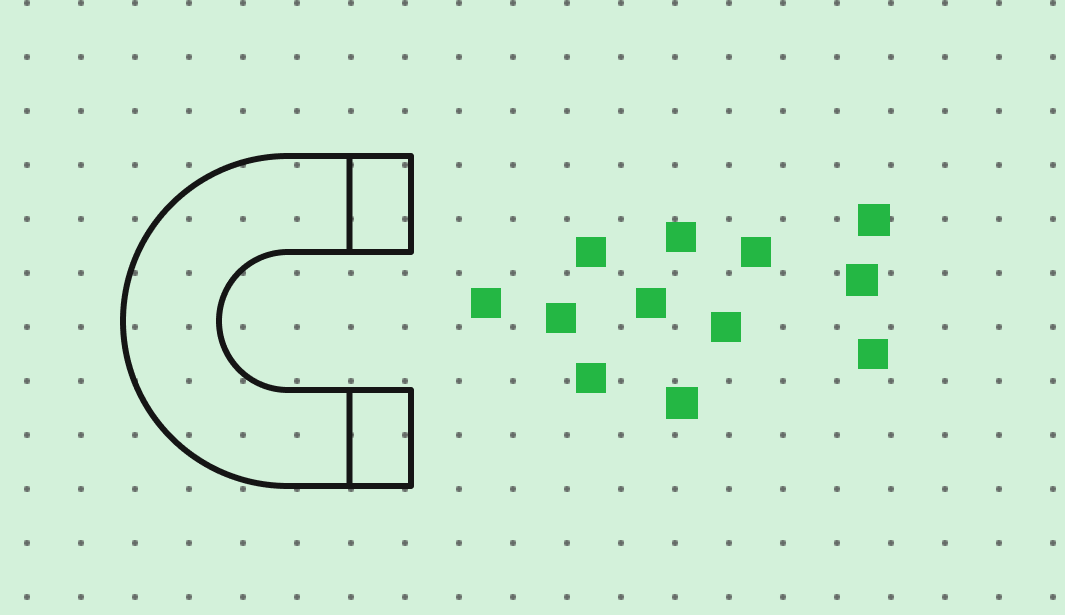
25 mars


L'éditeur Stripo fonctionne mieux sur un ordinateur de bureau
Et si nous vous envoyions un rappel pour tester Stripo plus tard sur votre ordinateur ?
Afin de fournir les meilleures expériences, nous utilisons des technologies telles que les cookies pour stocker et/ou accéder aux informations relatives à l'appareil. Voir notre politique de confidentialité pour plus d'informations.
0 commentaires